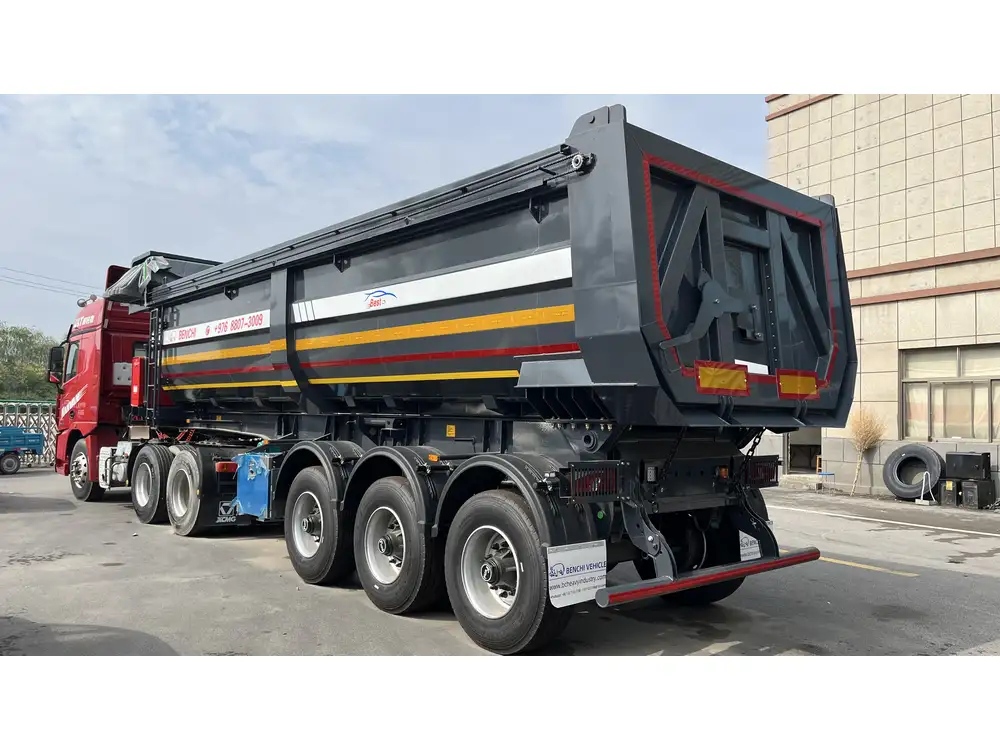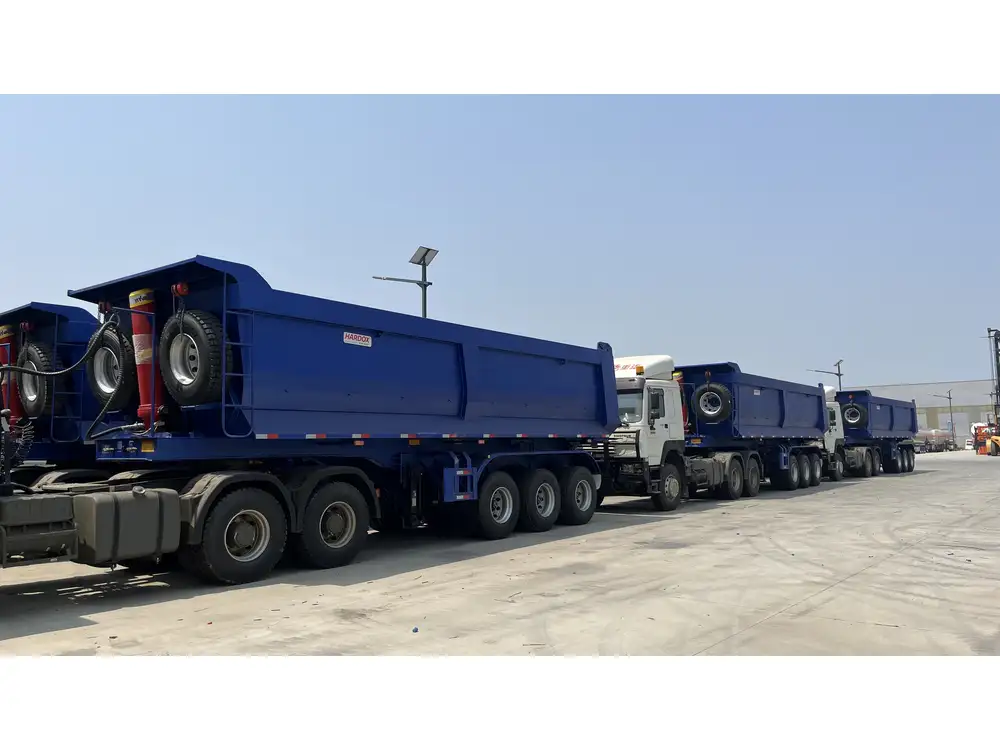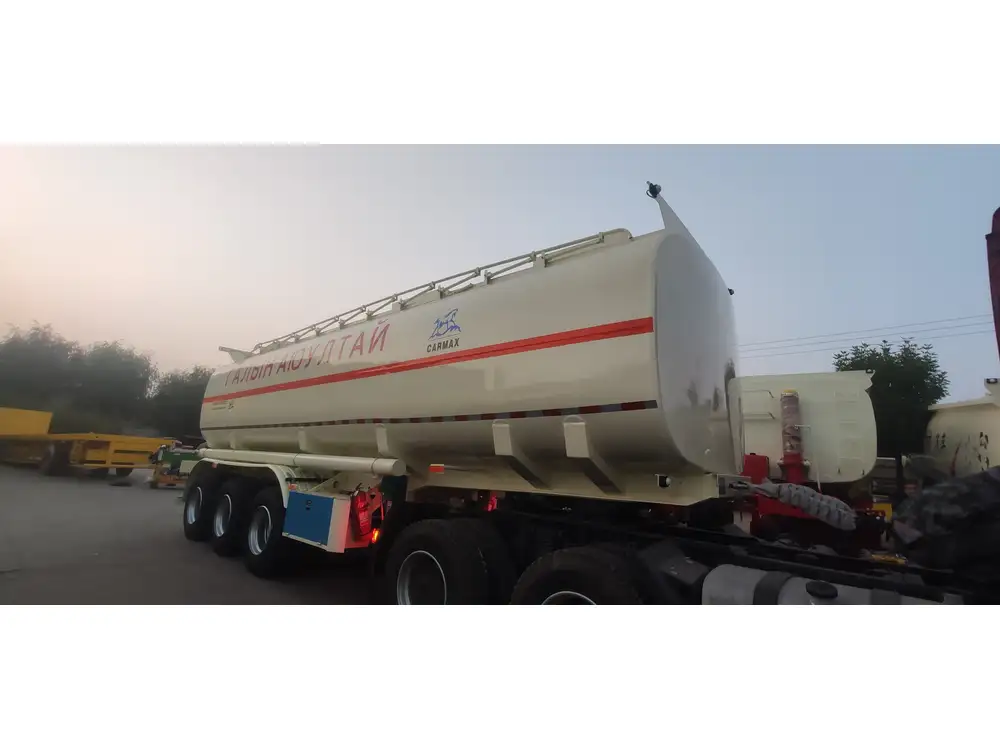Dump trailers are indispensable for various applications, including construction and landscaping, where transporting materials efficiently is crucial. However, issues with the solenoid can create significant problems, leading to frustration and downtime. In this detailed guide, we will explore the process of bypassing the solenoid on a dump trailer, providing you with essential insights, precautions, and practical guidance.
Understanding the Role of a Solenoid in a Dump Trailer
What is a Solenoid?
A solenoid is an electromechanical device consisting of a coil of wire that generates a magnetic field when an electric current passes through it. This magnetic field can either pull or push a plunger, which in turn activates various components of a system. In the context of a dump trailer, the solenoid is responsible for controlling the hydraulic pump that raises and lowers the trailer bed.

Why Bypass the Solenoid?
While solenoids are generally reliable, they can fail due to various reasons, including electrical shorts, wear and tear, or corrosion. Bypassing the solenoid is a temporary solution that can help you diagnose the problem or avoid delays in your work. However, it is essential to consider this only if you have experience with electrical systems and under conditions where safety can be assured.
Tools and Materials Needed
Before proceeding with the bypassing process, gather the following tools and materials:
| Tool/Material | Purpose |
|---|---|
| Multimeter | To test electrical connections |
| Wire strippers | To prepare wires for connection |
| Electrical tape | To insulate connections safely |
| Jumper wire or clips | To create a bypass connection |
| Safety gloves | To protect your hands |
| Safety goggles | To protect your eyes |
| Basic tool kit | For removing any necessary parts |
Step-by-Step Guide to Bypassing the Solenoid

Step 1: Safety First
Before working on any electrical component, ensure that the trailer is securely parked on a flat surface. Engage the parking brake to eliminate the risk of the trailer rolling unexpectedly. Disconnect the battery to prevent any electrical shock or short circuit.
Step 2: Locate the Solenoid
Identify the location of the solenoid on your dump trailer. It is typically mounted near the truck bed or near the hydraulic pump. Refer to your trailer’s user manual if necessary, as solenoid locations can vary by model.
Step 3: Inspect the Solenoid
Examine the solenoid for signs of damage or corrosion. Use a multimeter to check for continuity. If the solenoid is functioning properly, you will notice the following:
Voltage Test: Connect the multimeter leads to the solenoid terminals and check for voltage when the ignition is turned on. A reading of 12V or higher indicates the solenoid may be functional.
Resistance Test: Set the multimeter to the ohms setting and measure the resistance across the terminals. A typical solenoid will read a value between 5 and 30 ohms. If the reading is significantly outside this range, consider replacing the solenoid.

Step 4: Prepare for Bypass
If the solenoid is confirmed to be faulty and bypassing is the chosen course of action, gather your jumper wires and wire strippers. Cut two lengths of wire sufficient to create a connection bypassing the solenoid.
Step 5: Disconnect the Solenoid
Carefully disconnect the wires from the solenoid terminals. Remember the wiring configuration, as you’ll need to connect the jumper wires in the same positions later. Use electrical tape to insulate the disconnected wires to prevent accidental short circuits.
Step 6: Create the Bypass Connection
Using the jumper wire:
- Strip the ends of the jumper wire about half an inch to expose the copper wire.
- Connect one end of the jumper wire to the positive terminal where the power supply originally connected to the solenoid.
- Connect the other end to the terminal that leads to the hydraulic pump.
Ensure that the connections are secure and insulated with electrical tape to prevent any exposed wires that could cause shorts or other electrical hazards.

Step 7: Reconnect the Battery
Once the wiring is complete, reconnect the battery. Double-check that all connections are secure and that no wires are pinched or exposed.
Step 8: Test the System
With the battery reconnected, ensure all safety precautions are in place, then test the dump trailer’s operation. Raise and lower the trailer bed to confirm that the hydraulic system functions correctly.
Step 9: Monitor Performance
After bypassing, keep an eye on the system for any odd noises or irregular performance. If problems persist, further investigation may be required, potentially leading to solenoid replacement or a deeper electrical fault diagnosis.

Troubleshooting Common Issues
Even after bypassing the solenoid, you may encounter other issues. Here we cover some common troubleshooting tips:
Issue 1: Hydraulic Pump Not Engaging
- Cause: Insufficient voltage to the pump.
- Solution: Use the multimeter to check for voltage at the pump connection. If voltage is present, the pump may be defective and need replacement.
Issue 2: Erratic Movement of the Trailer Bed
- Cause: A problem with the hydraulic fluid or air in the system.
- Solution: Check the hydraulic fluid levels and inspect for leaks. Bleed the hydraulic lines to remove any trapped air.

Issue 3: Electrical Shorts or Overheating
- Cause: Poor connections or damaged wiring.
- Solution: Examine all connections made during the bypassing process. Look for damaged wires and replace them as necessary to ensure safety.
Considerations and Warnings
- Temporary Solution: Remember that bypassing the solenoid is not a long-term fix. It is important to replace the faulty solenoid at your earliest convenience to ensure safe and reliable operation.
- Safety Precautions: Always wear safety goggles and gloves when working with electrical components. Be cautious of moving parts and high-pressure hydraulic systems.
- Consult Professionals: If at any point you feel uncomfortable or unsure, consult a professional mechanic or technician.
Conclusion
Bypassing the solenoid on a dump trailer can provide a temporary solution to operational challenges caused by solenoid failure. This guide has outlined the necessary steps, tools, and precautions to assist you in executing this process effectively. Always prioritize safety and consider having any faulty components replaced by professionals to ensure the longevity and safety of your equipment.

Next Steps
- Replace the Solenoid: Consider ordering a replacement solenoid from a reputable supplier.
- Regular Maintenance: Schedule regular inspections and maintenance for your dump trailer to prevent future electrical issues.
- Stay Informed: Keep abreast of best practices in trailer maintenance and operation through continual learning and consultation with experts in the field.
By following these guidelines, you can enhance the operational efficiency of your dump trailer while minimizing downtime and operational costs.



